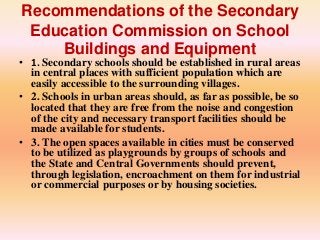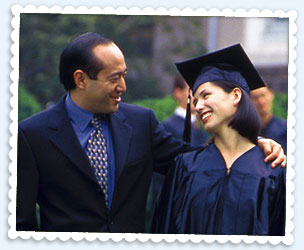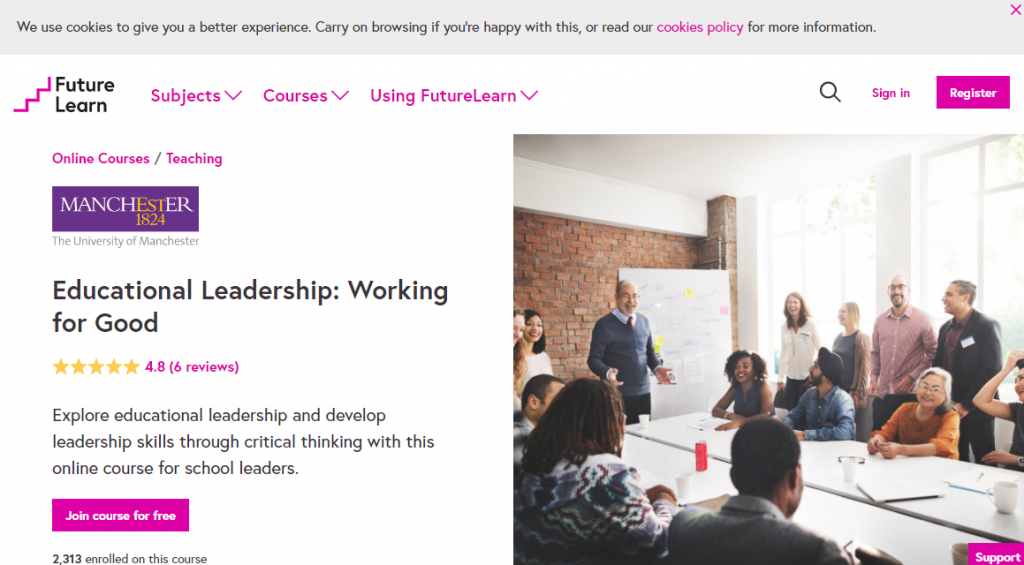
It is possible to make math fun for children. Here are some fun ideas. Flashcards, mnemonics and 10s out of tens are some examples. These are great for kids! Also, try this fun math activity: make a flashcard out of a single digit and recite the digit on it! Your kids will thank you for the fun activity! And don't forget to share it with your friends!
Making math fun
It is important to make math relevant to every day life. This is one way to make math more fun for kids. Make math relevant to every day life by making it relate to the goals that your child has. Let your children take a stroll outside to point out the shapes and angles. This will help them relate math to everyday life. Mathematics is all around us. Right angles, shadows on building, the Fibonacci sequence printed on sunflower petals, and many other things. You can make math more exciting for children by applying this knowledge.
Making flashcards
A great way to improve fact recall is to create flashcards. Quizlet can also be used. It allows you to share group flashcards with others, and some even allow you to create your own virtual cards. Google Docs is another option to make your cards. These websites can be used to generate multiple-choice questions or add images. Your flashcards can be printed out for your children to use or stored on a computer.

Create mnemonics
Mnemonics are useful for helping children remember concepts and solve word problems. These can be used throughout elementary and high school. They can also be used for higher grades. It is crucial that you clearly explain the meanings of each mnemonic for math and demonstrate their effectiveness before you begin teaching them. You should demonstrate how they work and then teach them.
Make 10s
Teaching your child how to make tens is one of the most important things you can do when teaching them counting. This concept is easily illustrated using base 10 blocks. By using base 10 blocks, students will see that the number base 10 doesn't have any one and becomes one when you add 4 ones. To help your child grasp the concept of replacing a 0 with a number, you can use a twenty-frame mat and two red and yellow counters.
Creating bar graphs
Math kids can create bar graphs. This is an interactive and fun activity that combines measurement skills with the art of graphing. Students will work in small groups to come up with a list of what makes a great graphic. Each group should choose a name for their graph, and label the vertical and horizontal directions. To collect data, students can use an interactive Velcro dartboard. Children can also use pom-poms to target their targets.
Scaled picture graphs
Creating scaled picture graphs for math is a skill that will help your children learn how to analyze data in a visual way. Pictographs have two basic parts: the legend, and the body. The legend gives information about the number of objects in each pictograph, while the bodies show groups of objects. The data analysis informs how the body divides objects. An example: A business may have rows for each month and a picture for each case.

Create scaled bargraphs
Your students will benefit from creating scaled bar graphs in math classes. This can allow them to better understand multiple-step problems and help them interpret data in new ways. Learning objective "Problems With A Scaled Bar Graph" refers both to CCSS and state standards which support student engagement. This lesson directly refers to standard 3.MD.B.3 of the common core mathematics standards. You can provide worksheets to help students create scaled picture diagrams, in addition to a common graphing tool.
FAQ
What does it entail to be a teacher in early education?
A teacher in early childhood education must have specific training. Before being permitted to teach in public schools, most states require that candidates for teaching positions have been certified by a state board.
Some states require teachers to pass tests on subjects like math and reading.
Some states require teachers with early childhood education degrees to complete a set number of hours.
Most states have minimum requirements regarding what teachers should know. These requirements are not the same in every state.
How long do I need to prepare for college?
The amount of time spent preparing for college depends on how much you plan to devote to your studies. Take college preparation classes if you are planning to attend college immediately after graduating high school. If you are planning to leave school for a while before you can attend college, it is probably not necessary to start planning.
Your parents and teachers should be involved in your discussions. You may be able to suggest courses of study. Keep track of all the courses you have taken and the grades you earned. You'll be able to see exactly what you need next year.
What is the purpose of schooling or education?
Education should help students develop skills necessary for employment. It is not only an academic pursuit, but also a social activity in which children can learn from each other and gain confidence through participating in sports, music, or art. It is all about teaching students how to think critically, and how to create so they can be independent and self-reliant. What does it mean for a school to be able to meet high educational standards?
Education standards that ensure all students reach their full potential are good. These standards provide clear guidelines for teachers to follow with their students. Education standards that are flexible enough to allow schools to adapt to changing needs can be a good thing. In addition, they must be fair and equitable: every child has the same chance of success regardless of his/her background.
What is the difference of a college and university?
A university provides higher education. It offers undergraduate and postgraduate courses in various fields.
A college is often smaller and less famous than a university. While it might offer fewer courses than a university, it often has its own specialist department.
What is homeschooling, exactly?
The homeschooling method is where the parents educate their children at home. It's also known as home education, self-education, and home educating.
Family members who want to teach their children at home can opt for homeschooling. This method allows children to receive a quality education from home.
Parents educate their children from birth until they graduate high school. They decide on the subjects they want to study and how much time each subject should take. Everything is learned by the student on their own.
Parents choose when to start teaching their children. Many schools recommend that children attend classes from age four until twelve years old. However, some families wait to teach their children until they are old enough to do so.
There are many resources parents can use to help them navigate the curriculum. You can learn valuable lessons from books, videos, websites and magazines.
Many families find homeschooling works well for their busy schedules. Homeschooling allows parents to spend more time with their children, than traditional public schools.
What is early child education?
Early Childhood Education (ECE) is a field that helps children to become healthy and happy adults. It covers everything, from teaching them to read to preparing them to go to kindergarten.
Early childhood education's goal is to help children learn through age-appropriate experiences.
Early childhood educators are often called upon to assess the developmental needs of each child they come across. This helps to decide whether a particular program is best for each child.
Parents can also interact with teachers and other professionals with experience with young children through early childhood programs.
The role of parents is equally important in the early childhood education. They need to know how best to care for their children.
Parents can also take part in activities that teach skills to their children for the rest of their lives.
Although the term preschool education is often used to refer to early childhood education, it can also be used interchangeably for daycare centers. Early childhood education is very similar to prekindergarten education, which usually begins around three years old.
Statistics
- These institutions can vary according to different contexts.[83] (en.wikipedia.org)
- They are more likely to graduate high school (25%) and finish college (116%). (habitatbroward.org)
- In most developed countries, a high proportion of the population (up to 50%) now enters higher education at some time in their lives. (en.wikipedia.org)
- And, within ten years of graduation, 44.1 percent of 1993 humanities graduates had written to public officials, compared to 30.1 percent of STEM majors. (bostonreview.net)
- Among STEM majors, that number is 83.5 percent. (bostonreview.net)
External Links
How To
Why homeschool?
When choosing whether to homeschool or send your child to school, there are several factors to consider.
-
What type of education do you want for your child? Are you looking for academic excellence or social skills development?
-
How involved do you want to be in your child's education? Do you prefer to keep informed about the activities of your child? Do you prefer to stay informed about what your child is doing?
-
Do you have any special needs for your child? What can you do to help your child with special needs?
-
Can you manage the time of your child? Will you be able to teach your child every day at home?
-
What types of subjects will you cover? Math, science, language arts, art, music, history, geography, etc. ?
-
What amount of money are you able to spend on your child's education?
-
Is your child able to go to school?
-
What is the best place to house your child? This includes finding a space large enough for a classroom, as well as providing adequate facilities such as bathrooms and kitchens.
-
What is your child’s approximate age?
-
When does your child go to bed?
-
When will he/she awaken?
-
What is the time it takes to get from point A and point B?
-
Is your child's school located far from you?
-
How far is it from your home to your child's school.
-
How will you get your child from one place to another?
-
What are some of these benefits?
-
What are the drawbacks?
-
Who will supervise your child when he/she is outside?
-
What are your expectations?
-
Which type of discipline would you prefer?
-
Which curriculum will you use for your studies?
Homeschooling is a great option for many reasons. Some of them are:
-
Your child may have learning disabilities that prohibit him/her attending traditional schools.
-
You are interested in providing an alternative type of education for the child.
-
You desire more flexibility in scheduling.
-
You don't want to pay high tuition fees.
-
You feel your child is getting a better education than you could in a traditional school.
-
You think you can teach your child better than the teacher in a traditional school setting.
-
You don't like how the school system works.
-
The school system's rules and regulations make you feel uncomfortable.
-
You want your child to develop a strong work ethic.
-
You want your child's freedom to choose the courses they take.
-
You want individualized attention for your child.
Other benefits of homeschooling include the following:
-
There are no worries about uniforms or books, pencils, papers, or other supplies.
-
You can customize your child's education according to his/her interests.
-
Homeschooling allows parents to spend time with their children.
-
Homeschooled students are more likely to learn faster than their peers, as they aren't distracted by other people.
-
Homeschoolers score higher on standardized exams.
-
Homeschool families tends to be happier overall.
-
Students who homeschool are less likely than others to drop out of school.